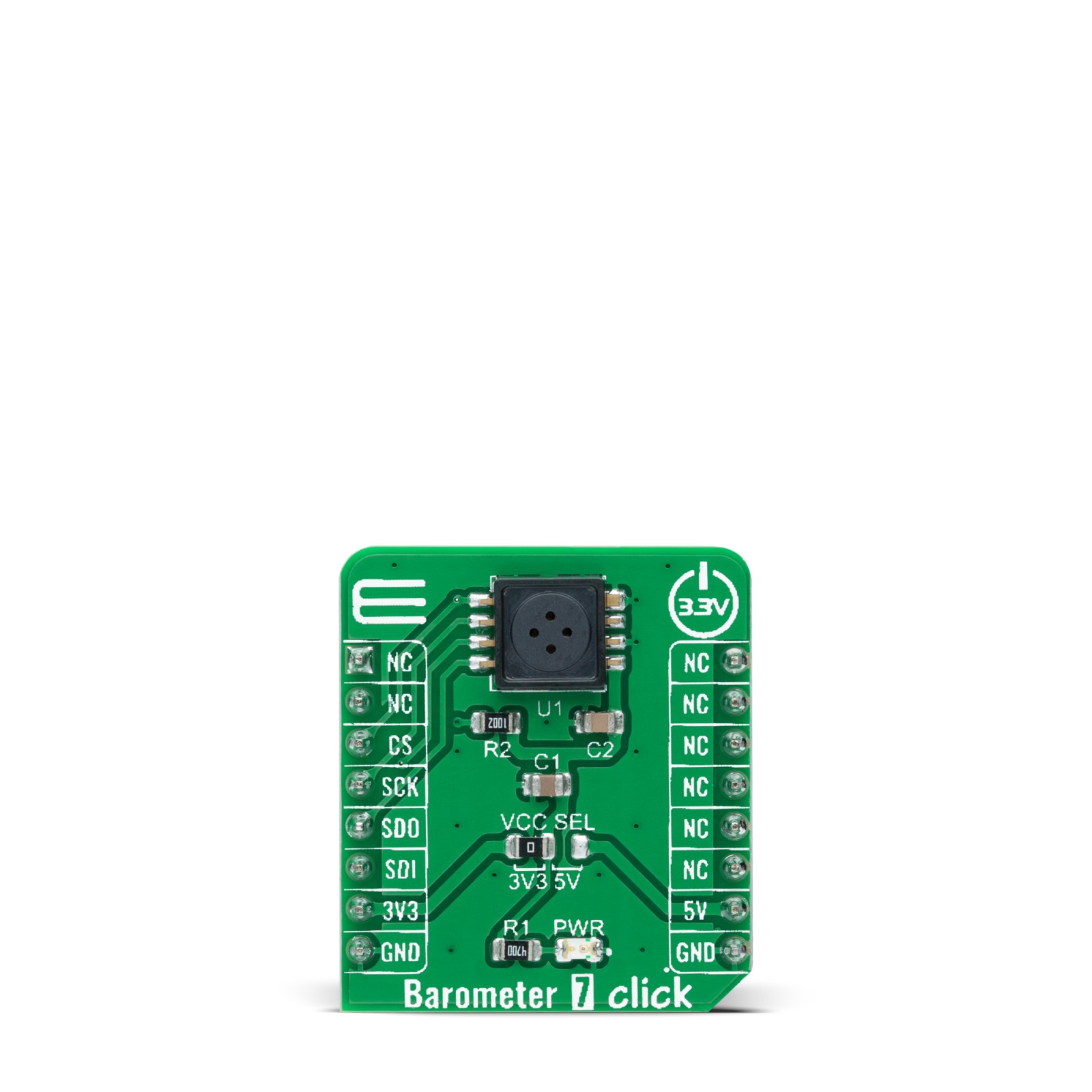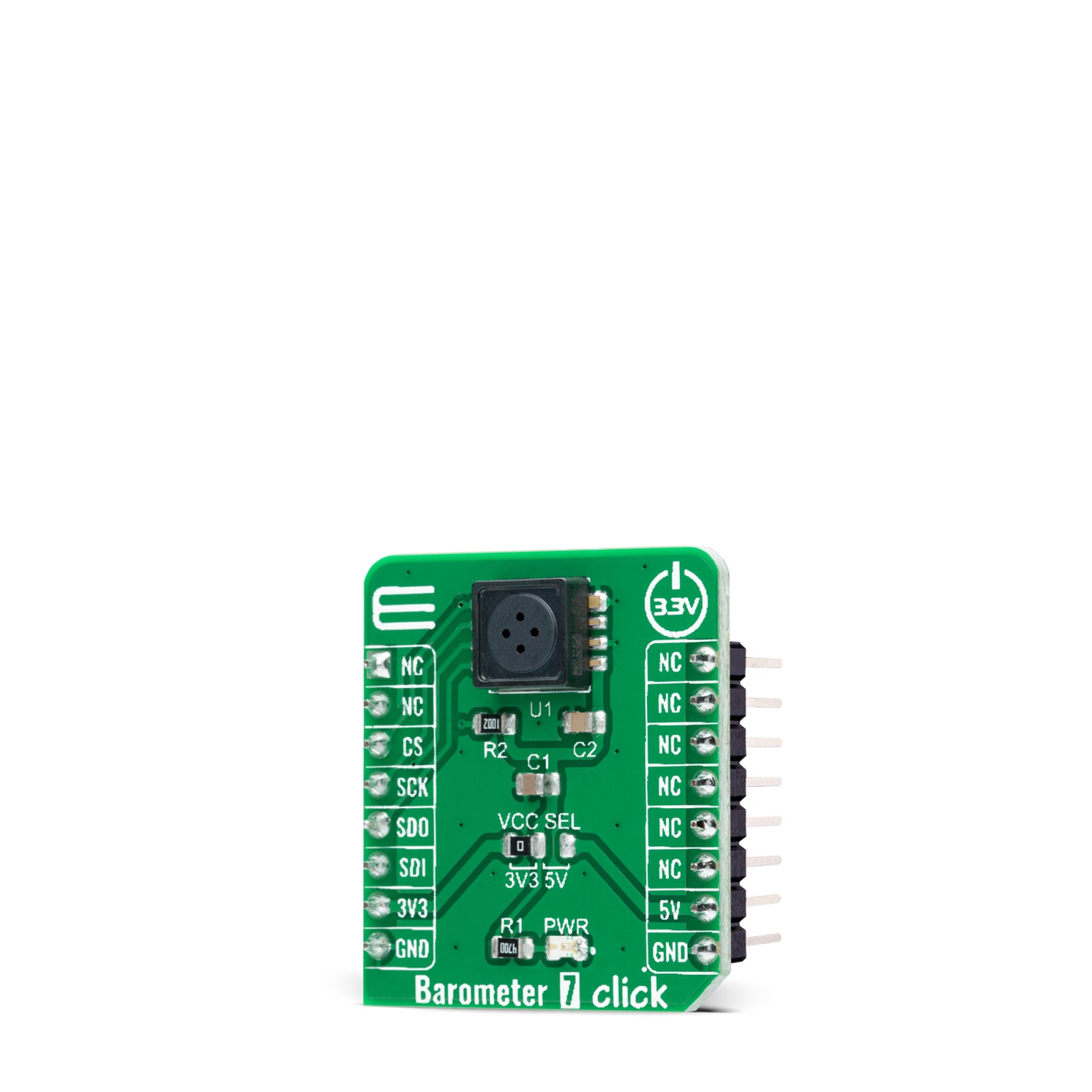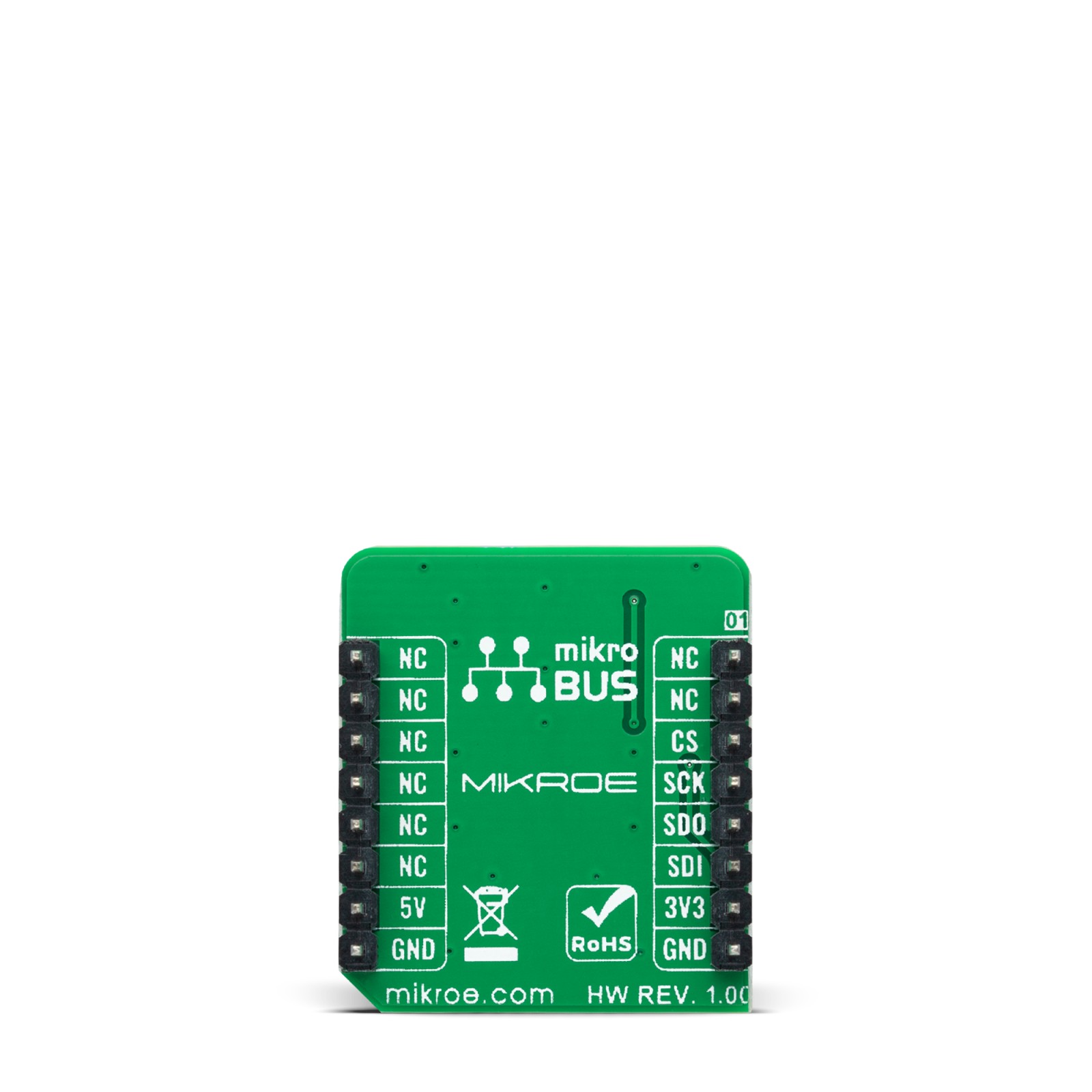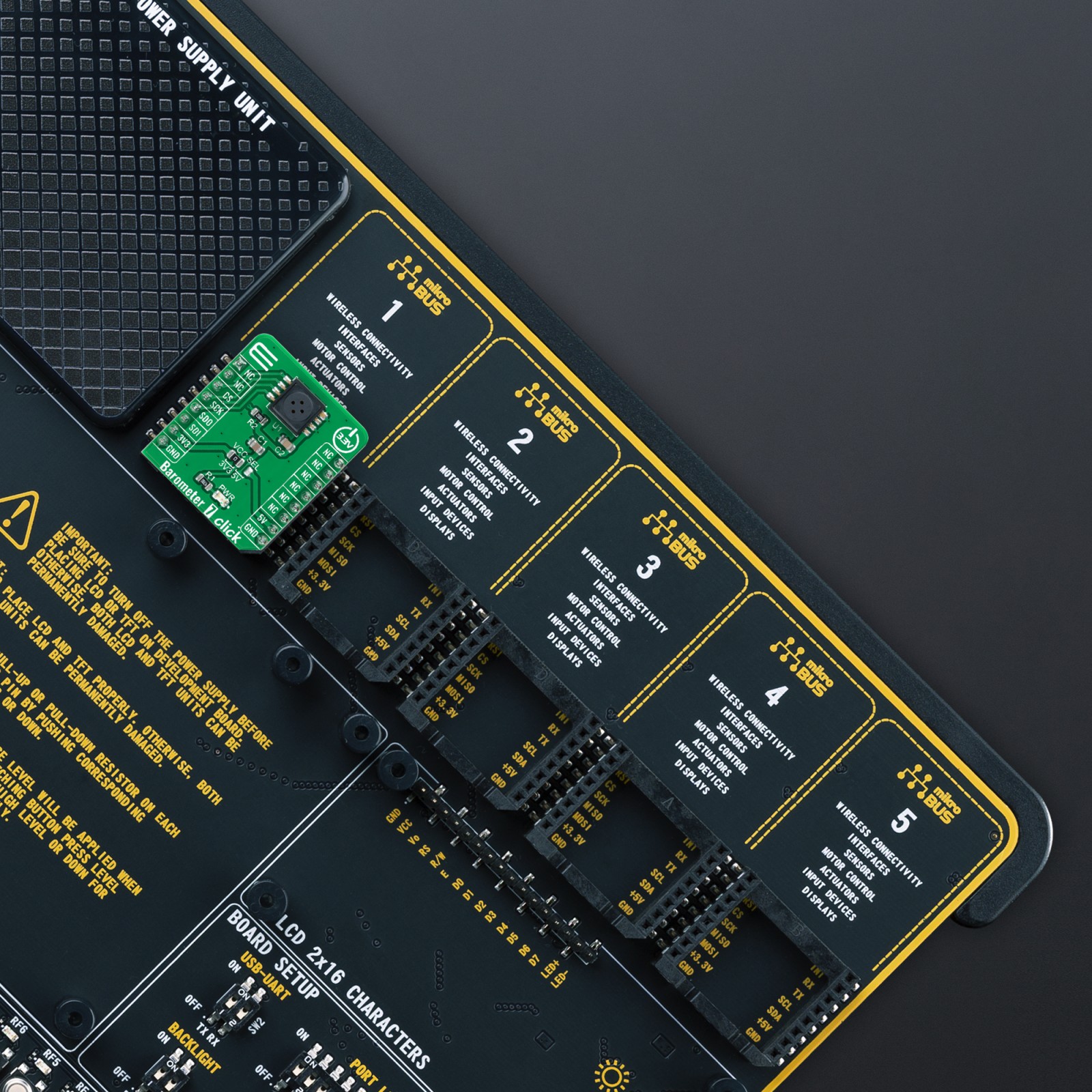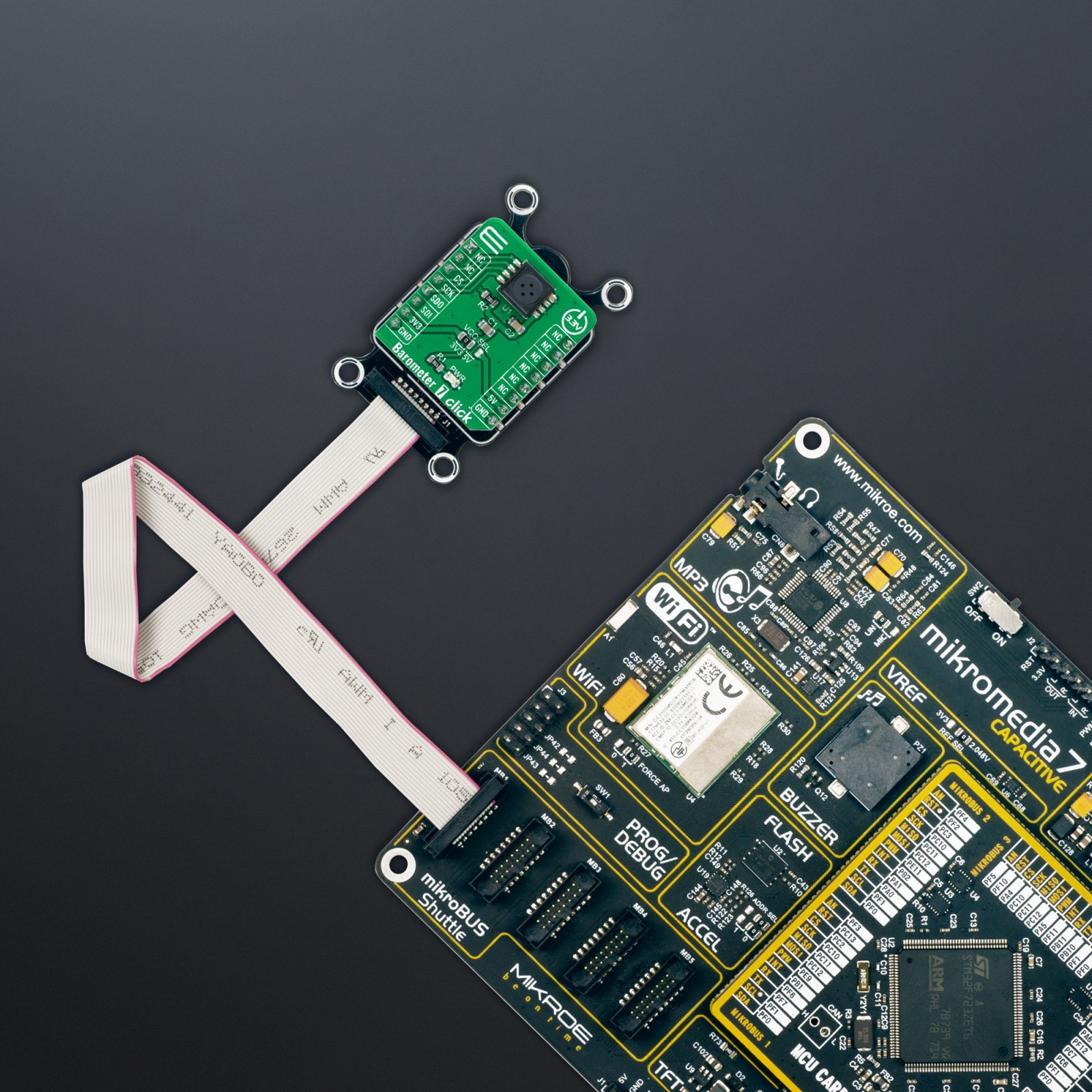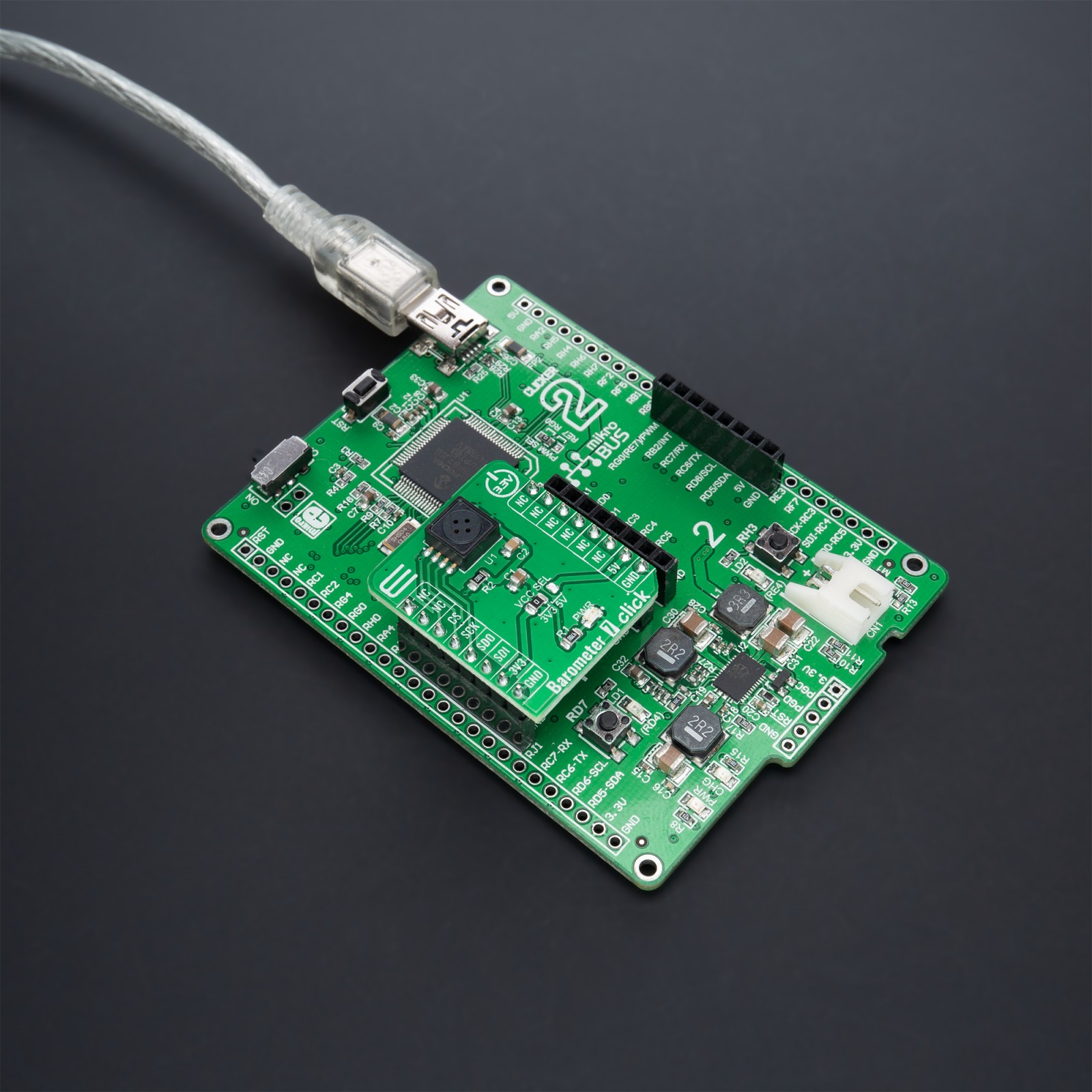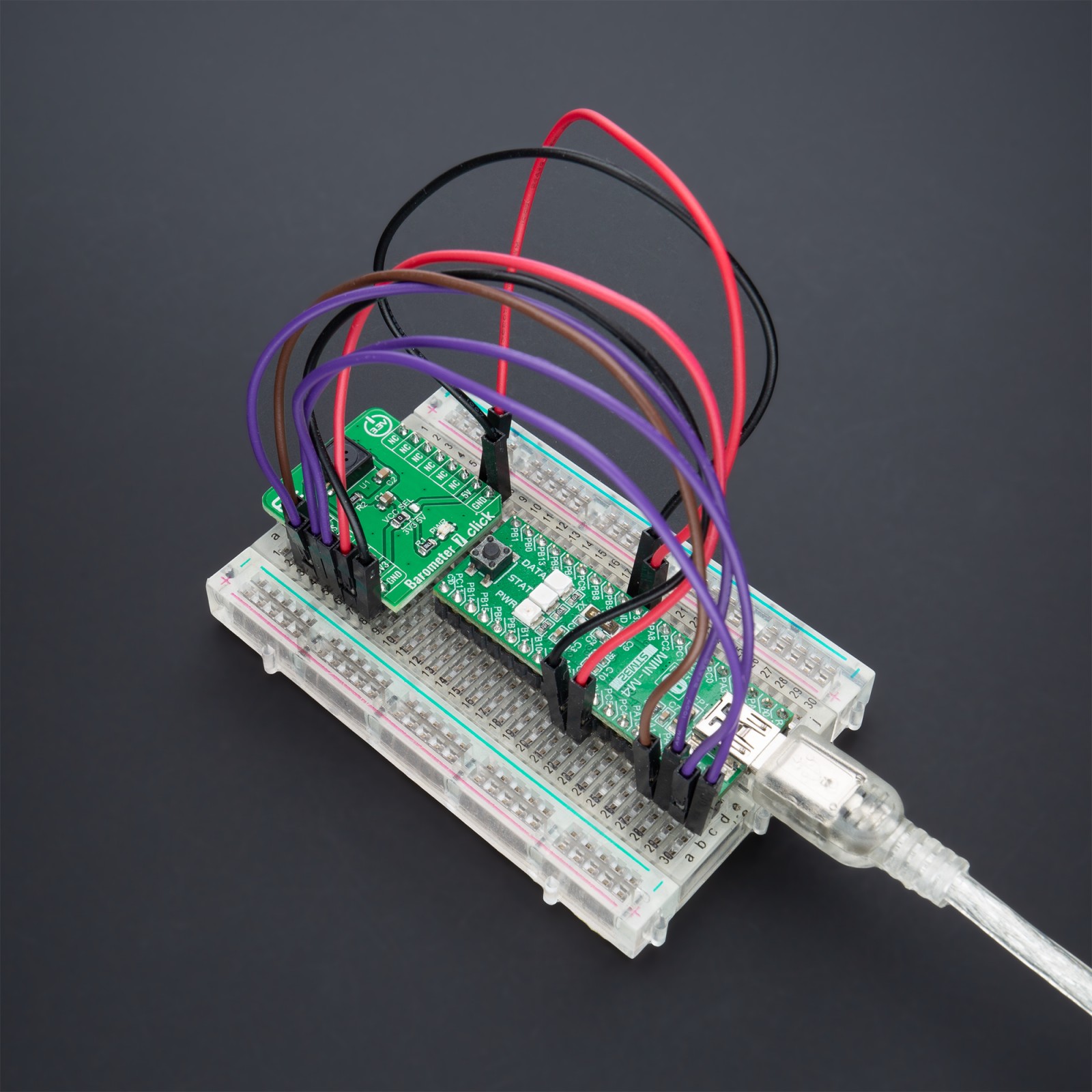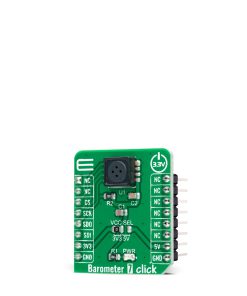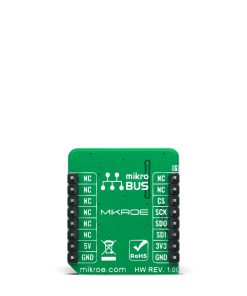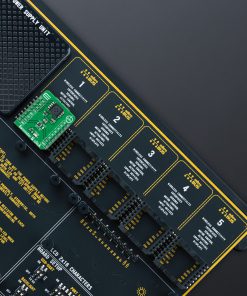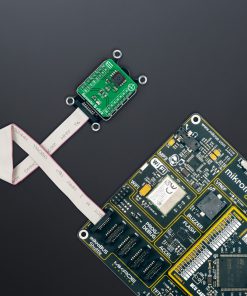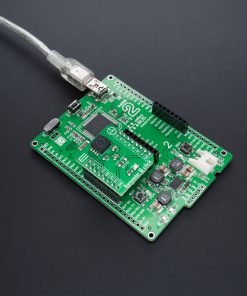-
×
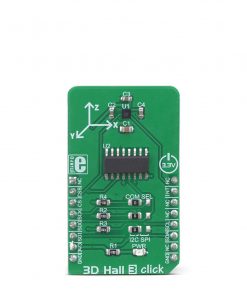 3D Hall 3 Click
1 ×
3D Hall 3 Click
1 × R345.00R310.50 -
×
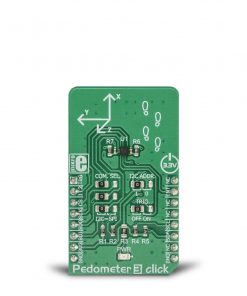 Pedometer 3 Click
1 ×
Pedometer 3 Click
1 × R310.00R279.00 -
×
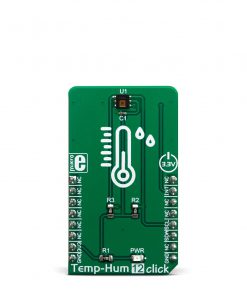 Temp&Hum 12 Click
1 ×
Temp&Hum 12 Click
1 × R345.00R310.50 -
×
 Temp&Hum 10 Click
1 ×
Temp&Hum 10 Click
1 × R365.00R328.50 -
×
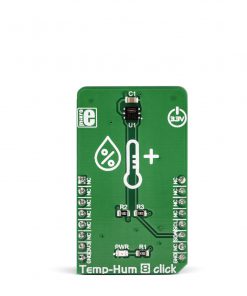 Temp&Hum 8 Click
1 ×
Temp&Hum 8 Click
1 × R580.00R522.00 -
×
 microSD Click
1 ×
microSD Click
1 × R365.00R328.50 -
×
 Heart Rate 6 Click
1 ×
Heart Rate 6 Click
1 × R580.00R522.00 -
×
 Heart Rate 8 Click
1 ×
Heart Rate 8 Click
1 × R830.00R747.00 -
×
 RS485 Click 5V
1 × R245.00
RS485 Click 5V
1 × R245.00 -
×
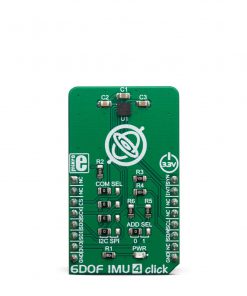 6DOF IMU 4 Click
1 ×
6DOF IMU 4 Click
1 × R500.00R450.00 -
×
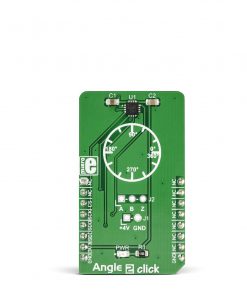 Angle 2 Click
1 ×
Angle 2 Click
1 × R365.00R328.50 -
×
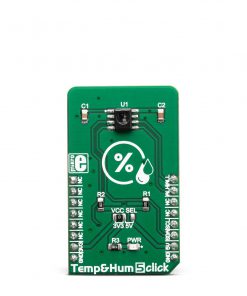 Temp&Hum 5 Click
1 ×
Temp&Hum 5 Click
1 × R655.00R589.50 -
×
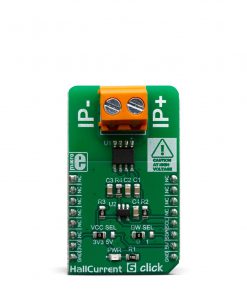 Hall Current 6 Click
1 ×
Hall Current 6 Click
1 × R540.00R486.00 -
×
 Proximity 7 Click
1 ×
Proximity 7 Click
1 × R330.00R297.00
Subtotal: R5,744.00

